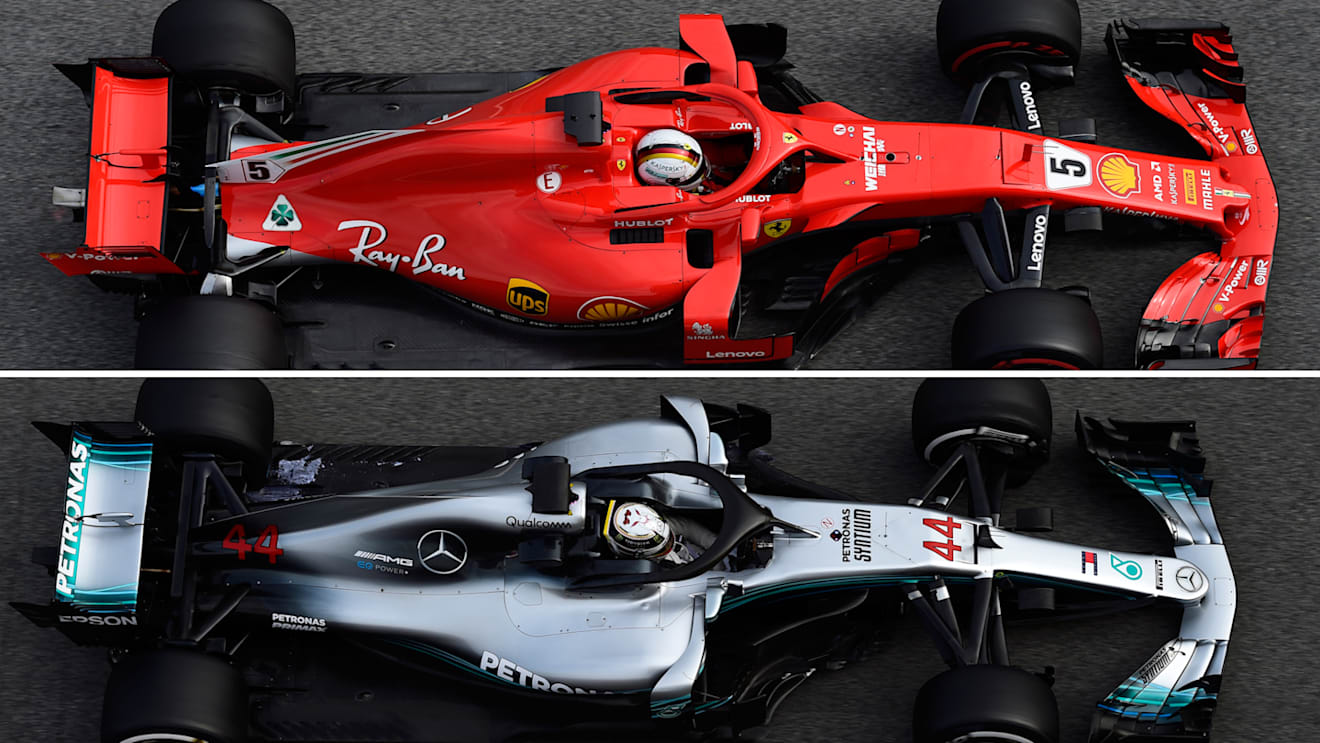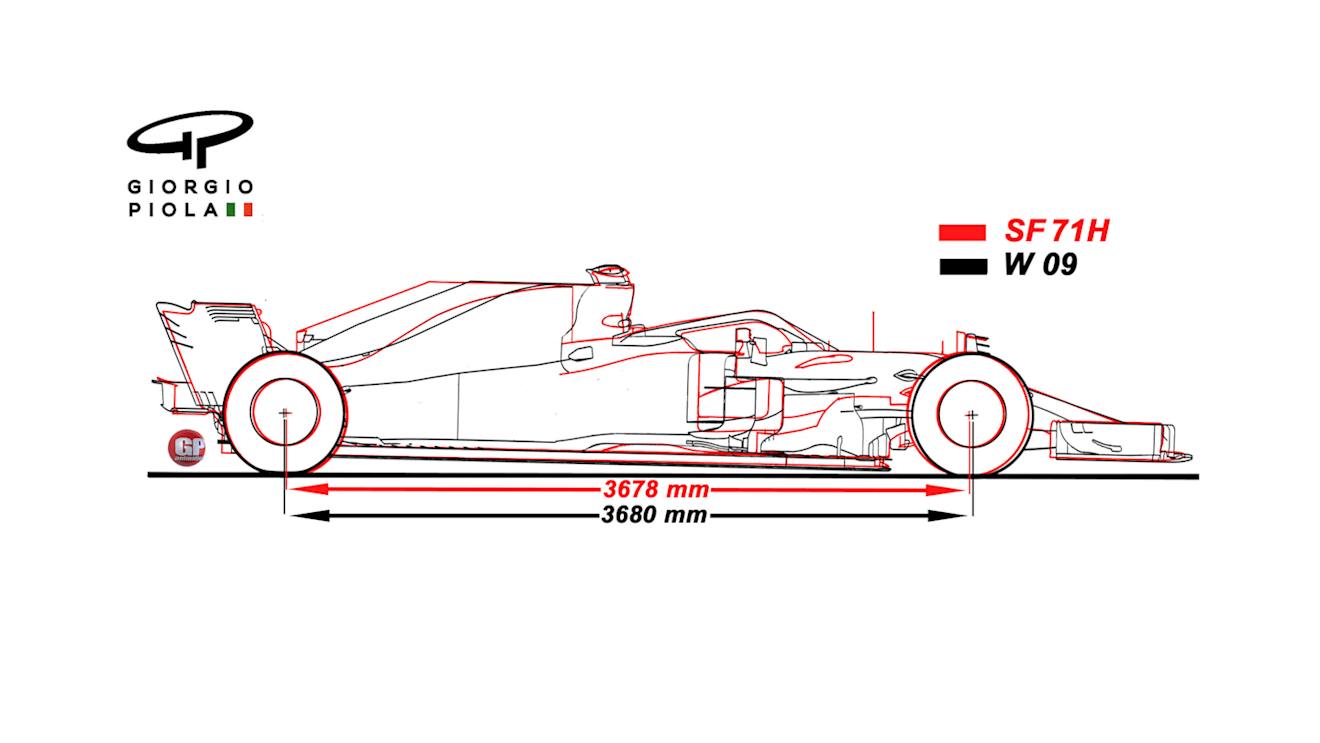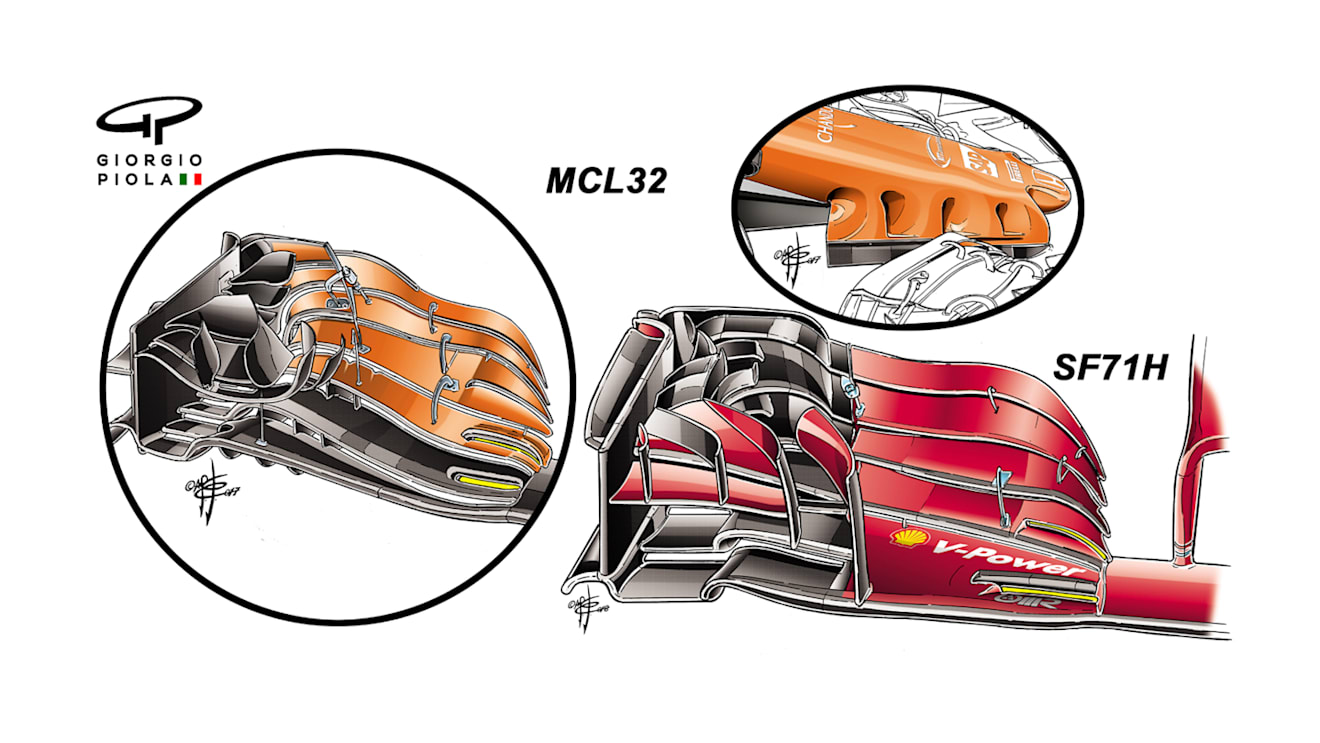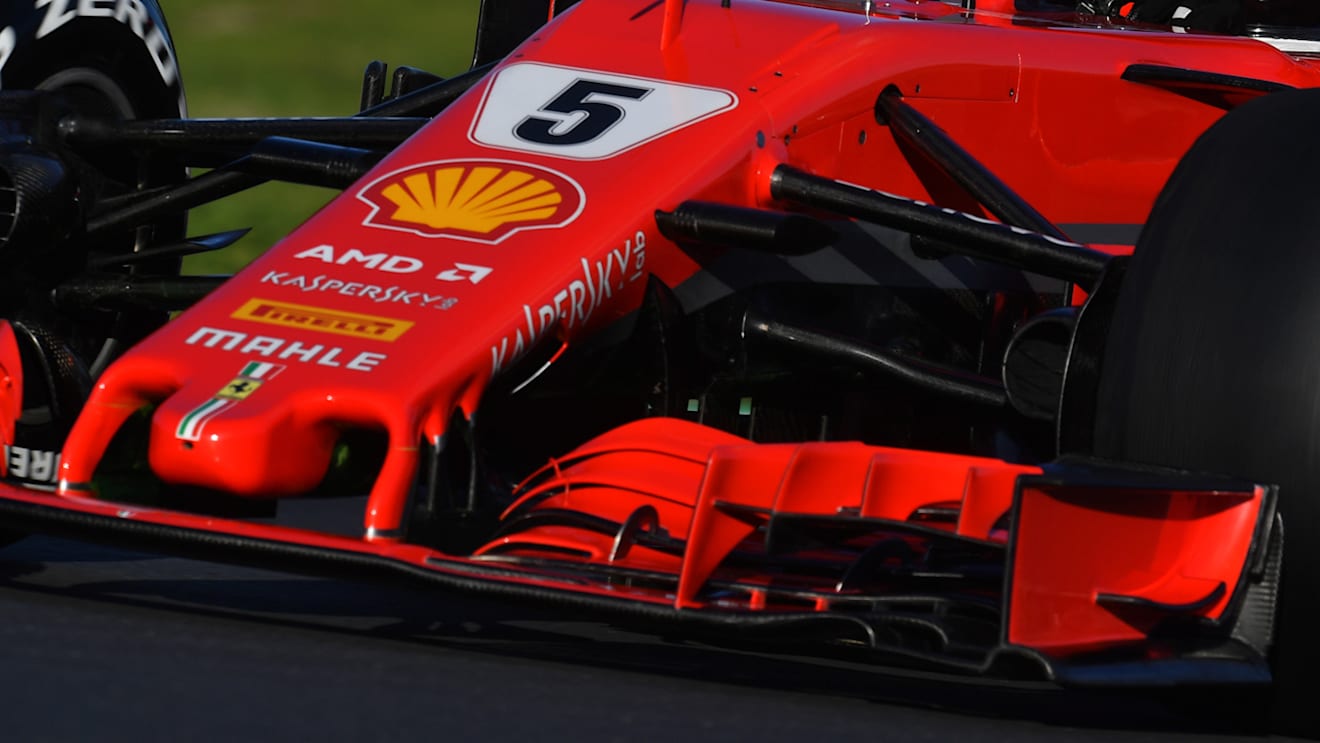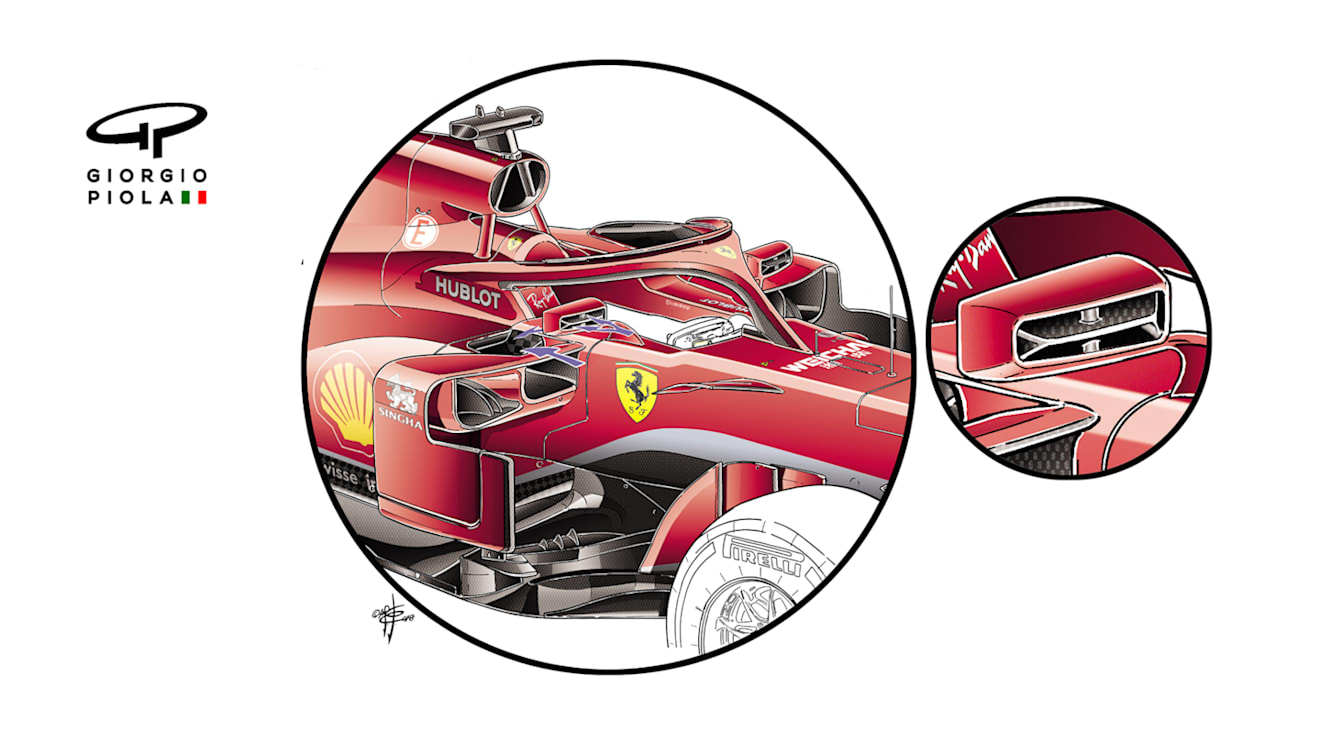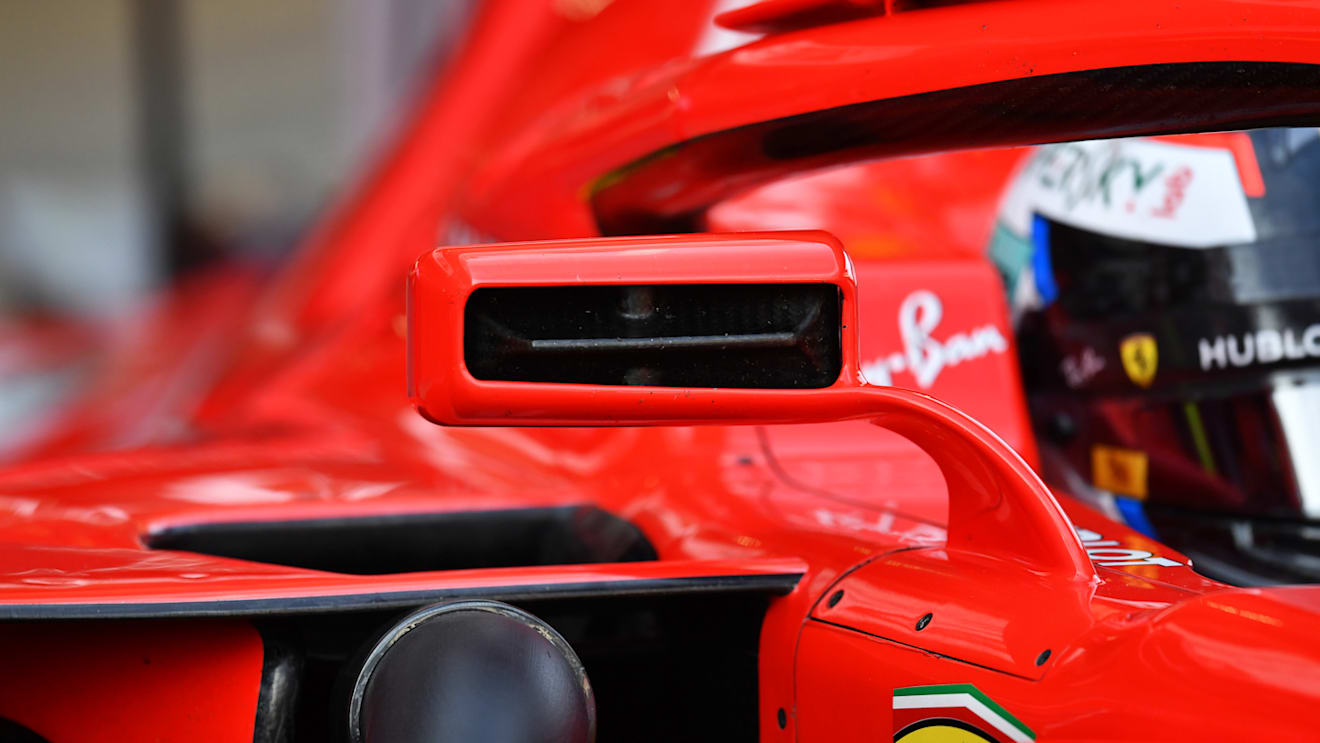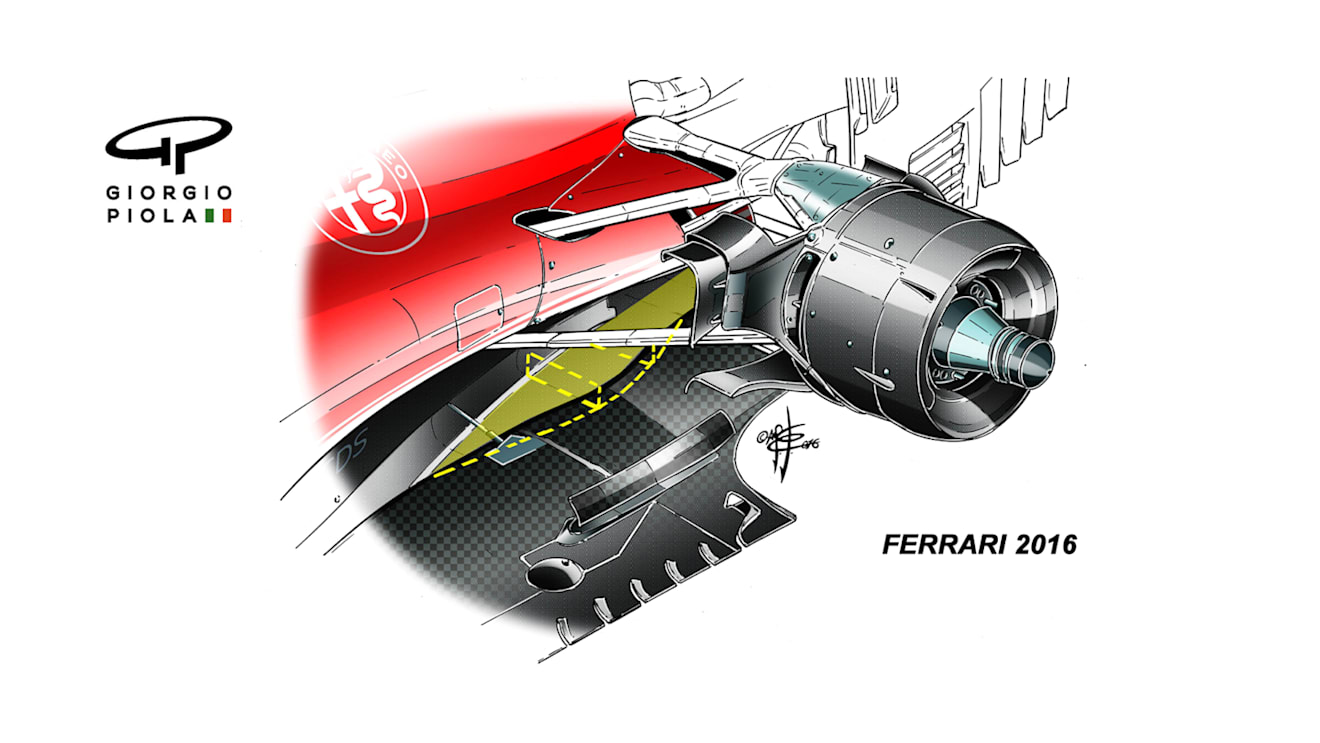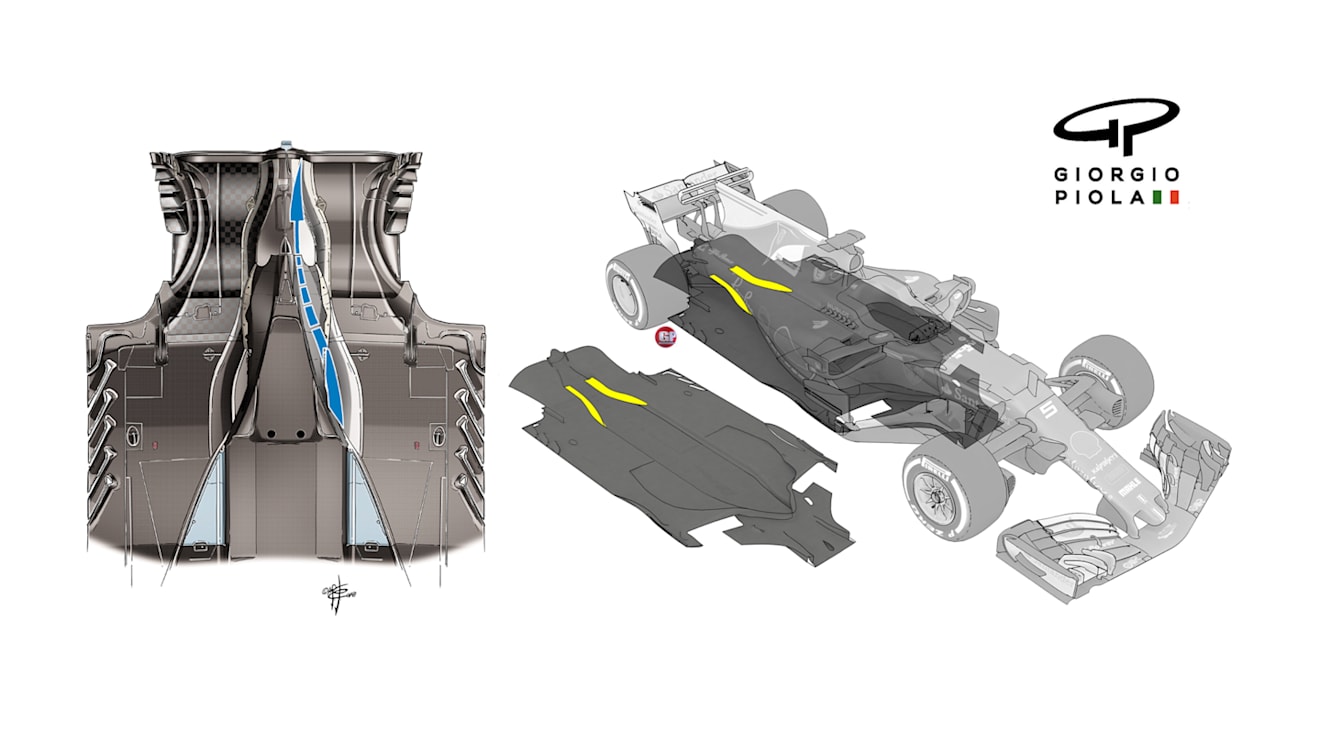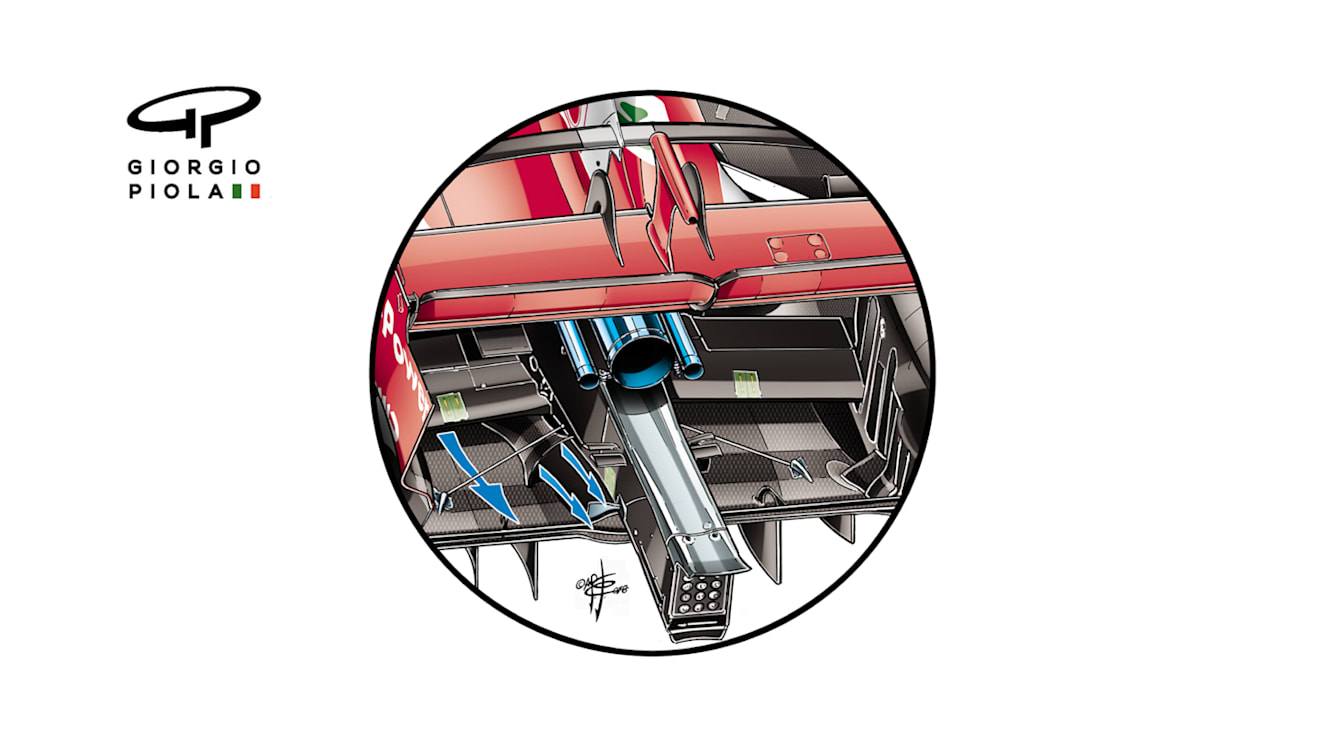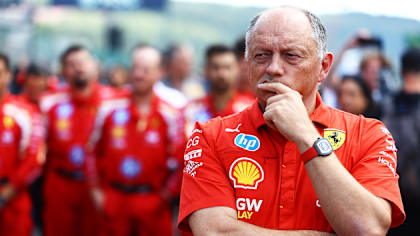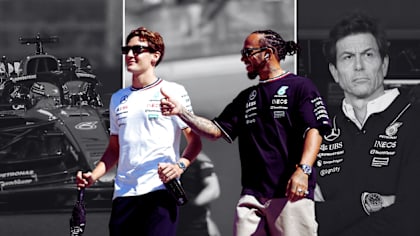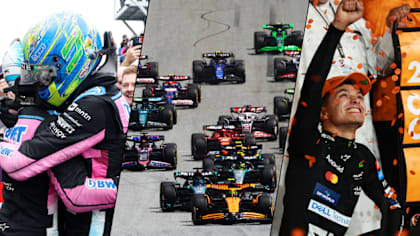1 / 2
Technical
TECH TUESDAY: How Ferrari plan to topple Mercedes
Having run Mercedes close last season, Ferrari have made some significant technical steps this year to try to topple the Silver Arrows and capture a first world title since 2008. Mark Hughes and Giorgio Piola take a close look at what they've done and why...
With its 2018 car, the SF71H, Ferrari are aggressively pursuing the aerodynamic concepts introduced on last year’s car that proved so influential upon the designs of the 2018 field. Mercedes, on the other hand, continue to develop around their now-unique low-rake aerodynamic philosophy. The fight between these two designs is therefore one of fundamental belief. Ferrari are hoping that the latest developments of their theme will finally allow them to prevail over the team that has won every title of the hybrid era.
But what exactly have the Prancing Horse done?
1. MOVED TO A LONGER WHEELBASE
The major innovation of last year’s Ferrari was its separation of the side impact structure from the sidepods. With the radiator inlets sited above and behind the crash structure, the sidepods could begin further back, allowing the aerodynamicists more space to work with in creating downforce. This was offset however in 2017 by the fact that the car was significantly shorter in wheelbase than the Mercedes. Which is why the SF71H features an extended wheelbase almost as long as that of the Mercedes, while still following Ferrari’s high-rake philosophy (see image above).
2. INTRODUCED A McLAREN-LIKE FRONT WING
Although the extension of the wheelbase has created more downforce-creating surfaces around the barge board and underfloor areas, it has entailed a reworking of the front wing to place the vortices it creates in the appropriate places for the re-shaped and re-sized barge board-sidepod area. These spinning circles of air formed from the various slots and contours of the wing energise the airflow down the car, speeding it up and directing it as required.
1 / 2
On the SF71H, Ferrari has added a fourth element to the front wing and also introduced two McLaren-inspired features to it. It has small slots cut into the inboard end of the first two elements (highlighted in yellow in the drawing above), very like those introduced by McLaren at Austin last year on the MCL32. These will create specific and targeted air vortices down the car. Counter-rotating vortices in close proximity to each other will pull in the oncoming air through the gap between them with tremendous force, increasing the speed of the flow. The greater the airflow speed, the greater the downforce. It also means that the flow feeding the radiators can be sped up, allowing them to be smaller and less aerodynamically disruptive.
The Ferrari also takes inspiration from the McLaren in having an arrangement of slots in the side of the nose (inset drawing of McLaren on right) and these help maintain a consistent airflow to the underfloor and barge boards even as the car is turning.
3. DEVELOPED SLOTTED WING MIRRORS
1 / 2
A neat aerodynamic detail of the SF71H is its open, slotted wing mirrors. The air flows through these mirrors, reducing the car’s air resistance, but also directing that flow around the halo and to the engine airbox in a more efficient way.
4. STOLEN A MARCH WITH REVISED BODYWORK CHANNELS
1 / 1
Because the SF71H’s wheelbase extension has been derived not only from moving the front axle further forward but also from moving the rear axle further back, it means there are new challenges in keeping the airflow energised over the longer sidepod body surfaces. It is important to maximise airflow speed as it reaches the outer surface of the central diffuser because it's this area that generates big downforce and, in turn, increased rear grip.
Beginning with its 2016 car (pictured above), Ferrari has cleverly utilised a 5cm deep channel in the lower bodywork adjacent to the sidepod to help with this, a feature that has continued since. By tightly shaping the sidepods in plan-view with an extreme ‘coke bottle’ profile, it has been possible to bring part of them inside the stepped central floor section where the regulations stipulate a 5cm drop in the floor (to limit the downforce of the underbody).
1 / 1
It is this regulation dimension that has created the possibility of this year forming enclosed outer bodywork channels (yellow sections in drawing above) either side of the gearbox - a feature that grabbed the attention of rival teams in testing.
It's this development that helps accelerate the air towards the diffuser’s outer surface where it will interact with the flow coming through the diffuser from the underfloor. Why does this matter? Because the faster the air can be induced to flow through the underfloor, the lower the air pressure there – and so the harder it will suck the car to the ground. Getting the appropriate flow over the top of the diffuser is a crucial part in maximising the air’s speed through the diffuser.
It may well be that the airflow derived from the channel plays a crucial part in delaying the onset of diffuser stall as the rear of the car rises up at slow speeds as the downforce bleeds off. The slower the car speed at which the diffuser stalls, the more rake (or floor angle) the car can run with – increasing the negative pressure beneath the floor and therefore the downforce throughout the speed range.
1 / 1
On the 2016 and ’17 Ferraris, that channel was open as it ran from around the rear three-quarters to the diffuser. But on the SF71H Ferrari has effectively put a roof on it to help keep the airflow attached down the longer extent of bodywork. The channel’s continued presence is evidenced by an opening in the bodywork when seen from head on. As this channel reaches the diffuser body, so it forms a tunnelled exit there.
To create the very tight coke bottle section that has made the channels possible requires exceptionally tight packaging of the engine and its ancillaries, including the radiators. The incredibly dense packaging of the mechanical components underlines again how integrated every part of the car must be to maximise all areas.
Ferrari is hoping that its high-rake concept holds more potential for further gains than Mercedes’ low-rake approach and that the enhanced aero potential of the extended wheelbase will allow more access to those gains.
Will it make the SF71H a Mercedes killer? All at Maranello have their fingers crossed.
YOU MIGHT ALSO LIKE
FeatureF1 Unlocked ‘If you don’t take risks, you’re dead’ – Fred Vasseur on how he turned Ferrari back into title contenders, and his goals for 2025
Report END OF YEAR REPORT: Mercedes – An inconsistent season and a bittersweet farewell for Hamilton
Feature REVEALED: The F1 team bosses choose their top 10 drivers of 2024
Feature IN NUMBERS: How 2024 came to be one of the most thrilling F1 seasons yet

